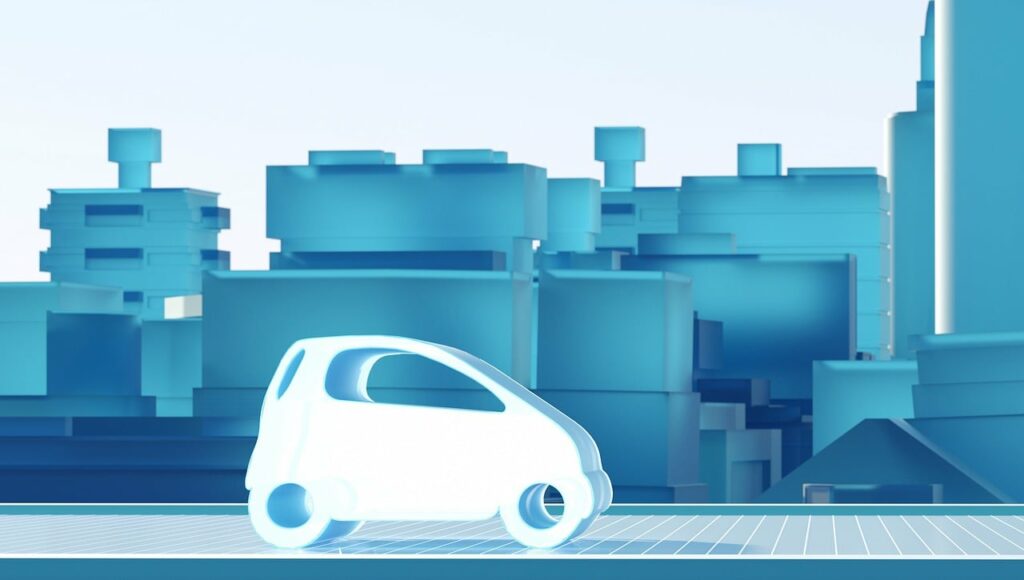Global EV adoption is accelerating faster than most recycling systems can keep up. Waste from end-of-life batteries, just 500,000 tons in 2019, is projected by researchers to reach eight million tons by 2040, underscoring a widening gap between electrification targets and the infrastructure required to support them.
Switzerland’s CircuBAT consortium, led by the Bern University of Applied Sciences, positions automation as a critical tool to close that gap, offering a data-driven challenge to conventional, labor-intensive battery recycling.
At the Swiss Battery Technology Center in Biel/Bienne, the group has developed a robotic system capable of automatically disassembling and classifying lithium-ion battery components. The approach responds directly to persistent bottlenecks in the sector: manual disassembly remains slow, costly, and a significant source of occupational risk due to high-voltage components. By shifting these steps to robotics, CircuBAT aims to standardize output quality while reducing error rates and safety incidents—two metrics that have traditionally limited the scalability of battery recovery.
CircuBAT’s design reflects a broader industrial trend. As EV-related waste volumes rise, recyclers are under pressure to extract higher-purity materials and increase throughput without driving up operational costs. Automated separation enables more consistent recovery of metals and modules, reducing the need for virgin material extraction. This is especially significant as battery-grade nickel, cobalt, and lithium remain vulnerable to price volatility, geopolitical risk, and supply constraints.
The project’s second major contribution lies in its Battery Expert System, which analyzes the aging of thousands of individual cells. The tool attempts to address a central inefficiency in current recycling chains: large numbers of batteries entering the waste stream still maintain usable capacity. By distinguishing repairable or reusable cells from those requiring full materials recovery, the system opens pathways for second-life applications such as stationary energy storage, backup systems for buildings, or grid-support infrastructure fed by renewables. This segmentation reflects a shift from a purely recycling-focused mindset toward a hierarchy of reuse that can defer material processing and reduce lifecycle emissions.
CircuBAT’s multi-year collaboration—spanning seven research institutions and 24 industrial partners—also produced technical advances that feed upstream into manufacturing. These include updated electrode coatings designed to lower energy requirements in production and the integration of secondary materials into new battery assemblies. Both measures reinforce Switzerland’s push to model a national circular system for lithium-ion batteries, one that anticipates future volumes and creates traceable flows from first use to repurposing.
Industry and policymakers assessed these developments in November at the CircuBAT2025 conference in Bern, where discussions focused less on the novelty of the technology and more on the structural challenge it seeks to address. As electrification accelerates, the lack of harmonized standards, coordinated logistics, and cross-border recycling capacity risks becoming a constraint on the EV market itself. Robotic disassembly offers one incremental solution, but its effectiveness will depend on whether similar systems can be deployed at scale across Europe and aligned with the region’s forthcoming battery passport and extended producer responsibility requirements.
Stay updated on the latest in energy! Follow us on LinkedIn, Facebook, and X for real-time news and insights. Don’t miss out on exclusive interviews and webinars—subscribe to our YouTube channel today! Join our community and be part of the conversation shaping the future of energy.

